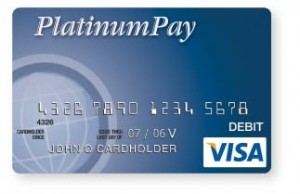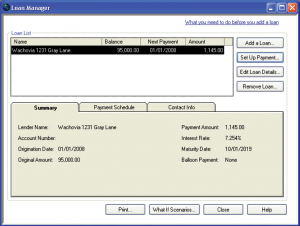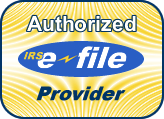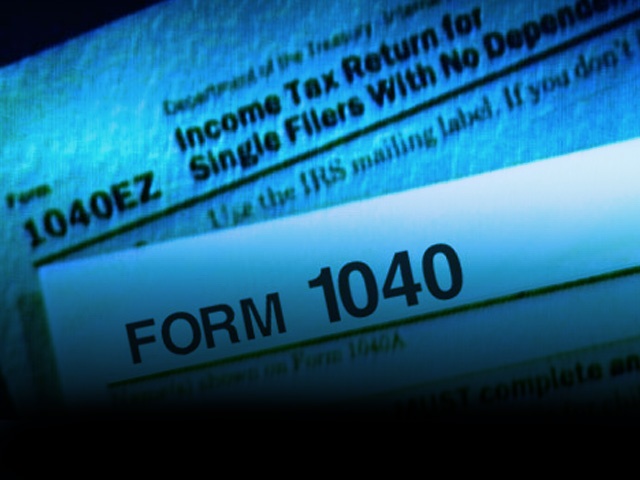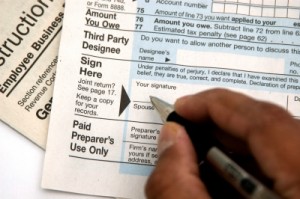 The Subprime Mortgage Crisis that brought the global economy to the brink of disaster in the fall of 2008 has led to millions of foreclosures over the last 3 years. Due to the intense nature of the housing market crisis, the U.S. government passed the Mortgage Forgiveness Debt Relief Act, with the primary aim of bringing a level of relief to homeowners who are receiving some form of mortgage forgiveness.
The Subprime Mortgage Crisis that brought the global economy to the brink of disaster in the fall of 2008 has led to millions of foreclosures over the last 3 years. Due to the intense nature of the housing market crisis, the U.S. government passed the Mortgage Forgiveness Debt Relief Act, with the primary aim of bringing a level of relief to homeowners who are receiving some form of mortgage forgiveness.
Typically, cancelled debt is still taxable to a person, but there are significant exceptions if your mortgage debt has been partially or entirely forgiven during tax years 2007 through 2012.
Here are 10 tips the IRS has outlined concerning the Mortgage Forgiveness Debt Relief Act.
- You may be able to exclude up to $2 million of forgiven debt on your principal residence under the Act.
- The limit, however, is $1 million per married person if filing a separate return.
- Debt that has been reduced due to mortgage restructuring may also be excluded, along with traditional mortgage debt that has been forgiven in a foreclosure.
- In order to qualify, the forgiven debt must have been used to buy, build, or substantially improve the principal residence under question.
- If you have refinanced debt proceeds, which have been used for the purpose of substantially improving your principal residence, then it will also qualify for exclusion under the Act.
- If you used the proceeds of refinanced debt for other purposes—such as purchases of goods or paying off credit card debt—then, it would not qualify for exclusion.
- If you feel that you qualify, fill out Form 982 from the IRS website, and attach it to your Federal income tax return for the tax year in which your qualified debt was forgiven. You may need to file an amended return. Consult a tax professional for more information.
- If your debt was forgiven on an asset that was not your principal residence, then it most likely does not qualify for the tax relief provision under the Act. However, it may qualify for other provision, and you can find more details by checking our IRS Form 982 on the IRS website.
- You should receive a Form 1099-C, which is a Cancellation of Debt form, from your mortgage lender. This form will have the exact amount forgiven, which you will then claim on Form 982.
- Make sure to examine Form 1099-C very carefully. If there is any misinformation or missing information, make sure to contact your mortgage lender immediately.
If you feel that you may qualify for mortgage debt forgiveness under the Mortgage Forgiveness Debt Relief Act, but you are have questions, visit the IRS website for more information, or contact a local tax attorney for consultation.
This is a guest post written by Suzan Bekiroglu. Ms. Bekiroglu is a published author, freelance writer and editorial consultant for secureloanconsolidation.com. After receiving a Bachelor of Arts degree from the University of South Florida, she faced the mounting obstacle of paying over $24,000 back in student loan debt. Thus, she became determined to eliminate the debt and become very knowledgeable about money management. She seeks to educate others with tips on managing student loans and other kinds of debt, as well as in general personal finance and money saving tips.
Related articles
- How To Report Debt Canceled on Form 1099-C (turbotax.intuit.com)
- Mortgage Debt Relief for Californians (turbotax.intuit.com)
- TurboTax – Tax Relief for Cancelled Mortgage Debt (turbotax.intuit.com)
© 2012, Bruce Mc. All rights reserved.

